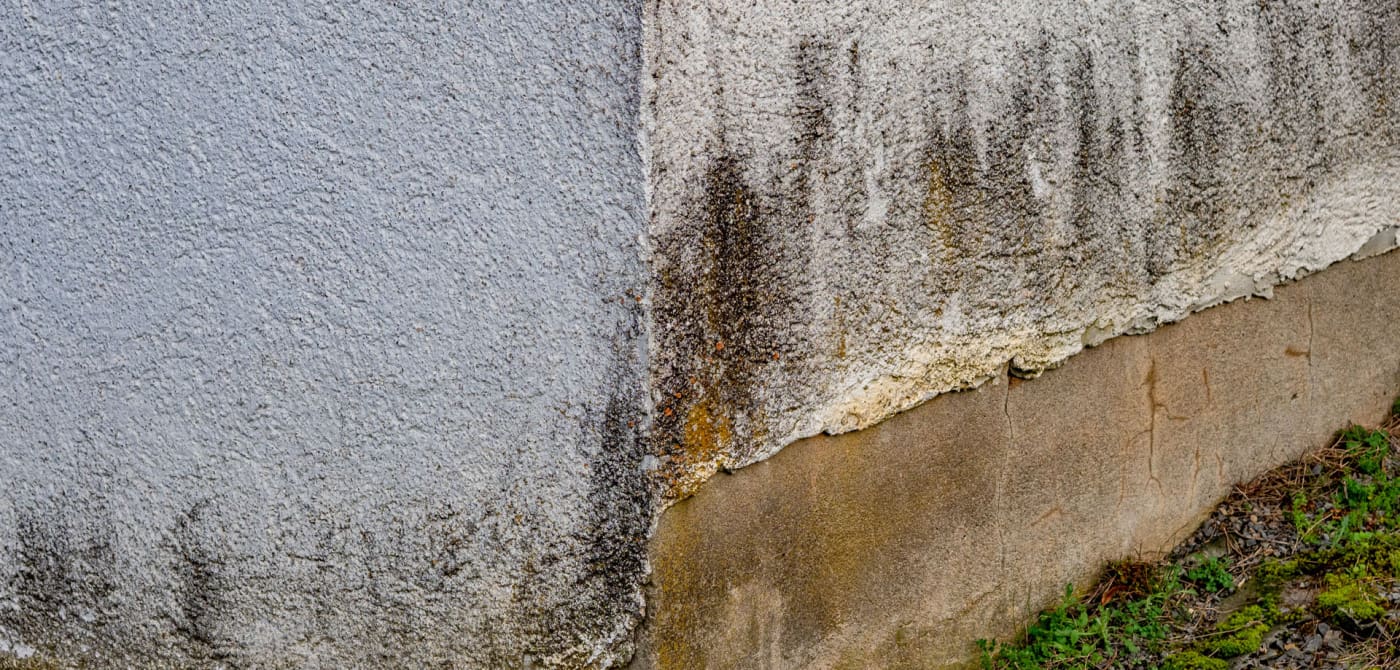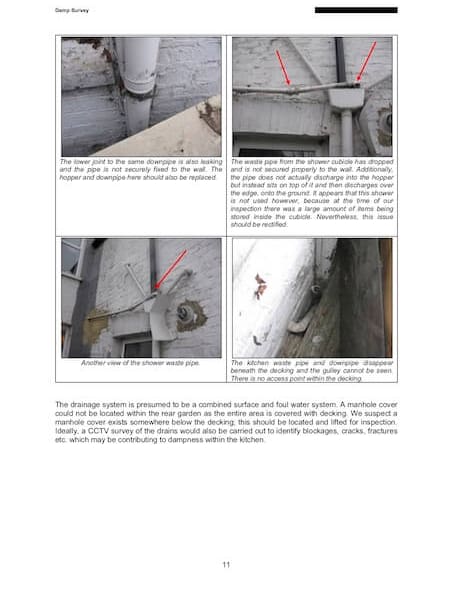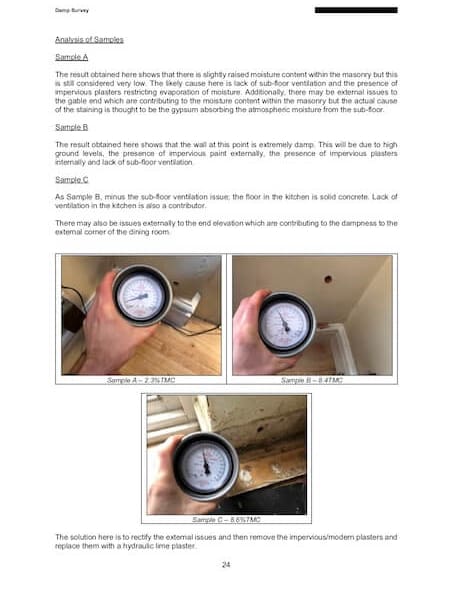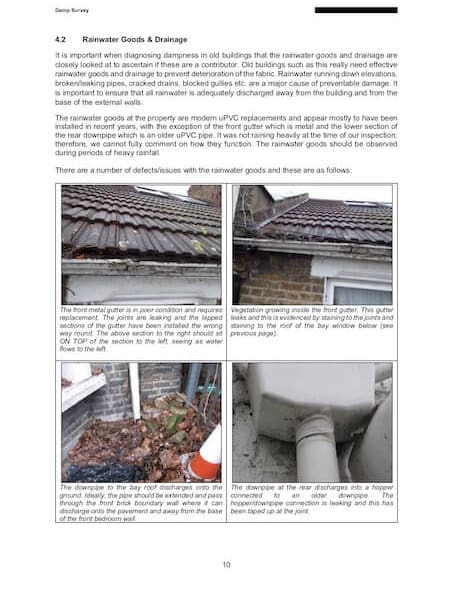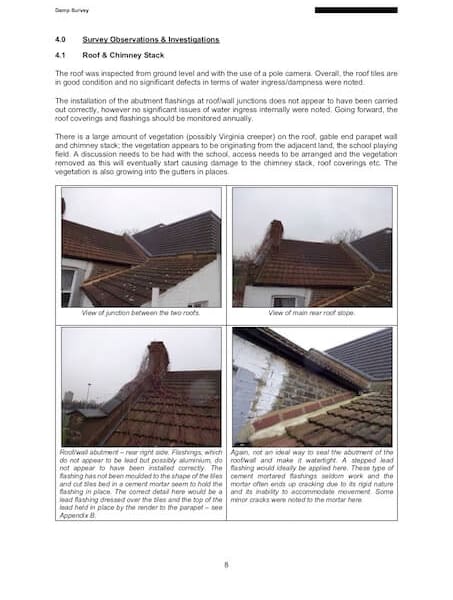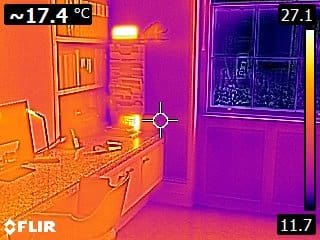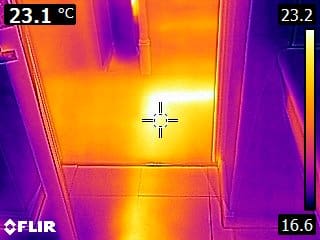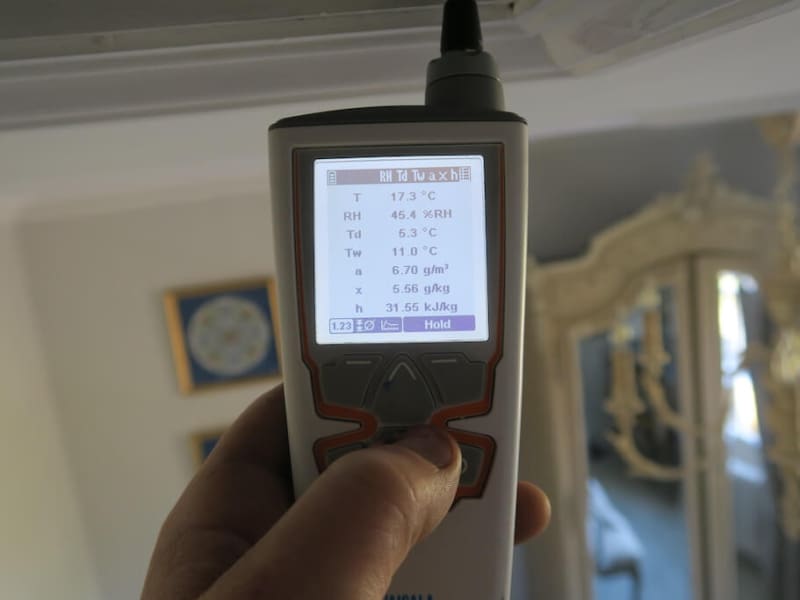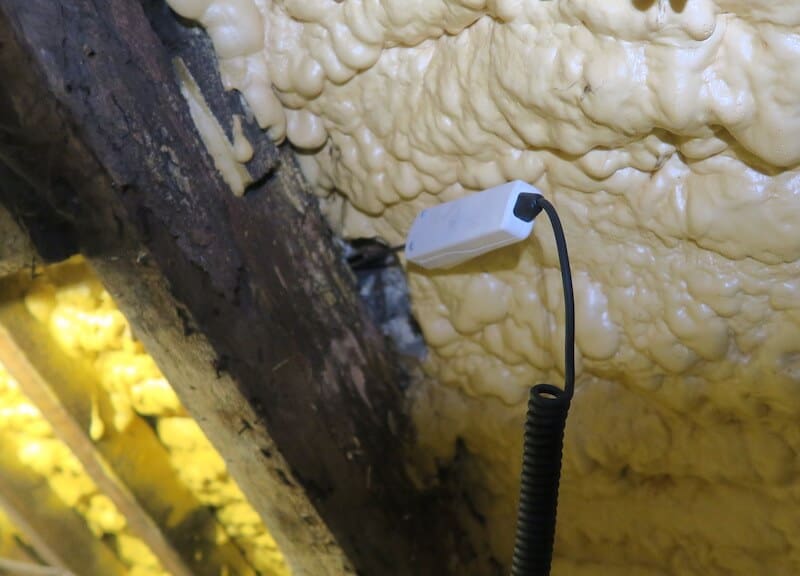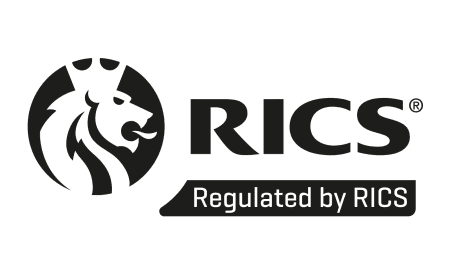What we offer
Expert advice
If you have damp problems, or are required to get a specialist Timber and Damp survey, we can help. We can provide you with a thorough assessment of the building together with detailed recommendations to give you a healthy home. Get in touch today.
We offer two timber and damp survey services.
Full property analysis
A full property analysis which is an in depth review of the building and gives a holistic and in depth survey of the building, together with where necessary invasive testing.
Pre Purchase RICS / PCA compliant damp survey
PCA and RICS compliant “pre purchase” damp survey. Details of our pre purchase Timber and Damp surveys can be found here.
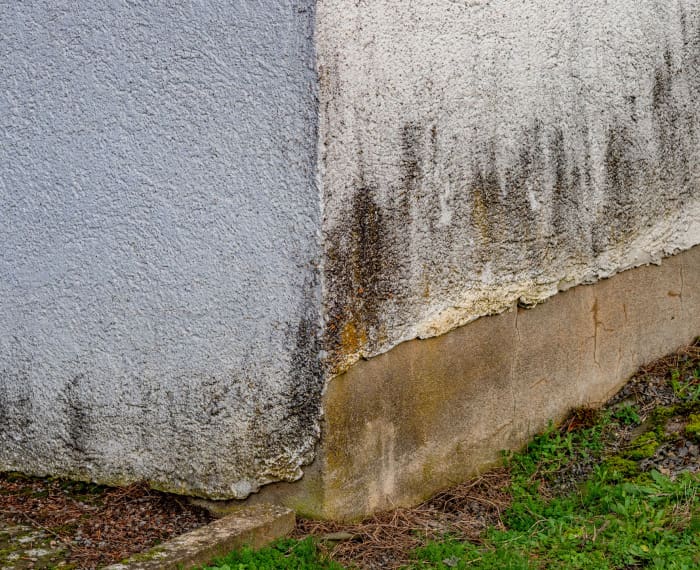
What we do
Full Property Analysis
Our surveys involve looking at the building as a whole in order to produce a building condition/ pathology report. We generally call this a Timber and Damp Survey; this is not to be confused with the standard Timber and Damp Survey carried out by a ‘specialist’ with a resistance meter.
Our surveys are conducted in accordance with BS7913; (2013) Guide to the conservation of historic buildings – which sets out clear guidelines as to how surveys should be undertaken, and how to diagnose and specify remedial action for damp and timber issues. We present an altogether different, traditional and holistic approach to dealing with the problem of damp.
Our survey will address the damp issues which have been identified, and determine if there are any other areas of concern. We will inspect the condition of external factors, i.e. roof, walls, windows, guttering, drains, external ground levels etc., and examine internal contributing factors such as moisture generated from people, cooking, showers, etc. and how this affects humidity levels.
Investigation
Detailed Checks
We will also look at how your property was built, with what, and what effect the modern interventions (if any, such as rendering and insulation) have had. Often damp issues that arise, happen because modern materials have been used that trap moisture through lack of breathability of the modern fabric.
We use Vaisala Thermo Hygrometers to measure ambient humidity, and 4mm probes to investigate areas of suspected dampness. We do not use damp meters – they are unsuitable for measuring moisture in anything other than clean felled timber. We use FLIR thermal imaging cameras to analyse areas where there is cold bridging. We can also perform a chemical carbide test on masonry samples with a calcium carbide meter to establish the Total Moisture Content (TMC) of the masonry. Carbide testing is the definitive onsite method for accurately measuring the TMC in masonry.
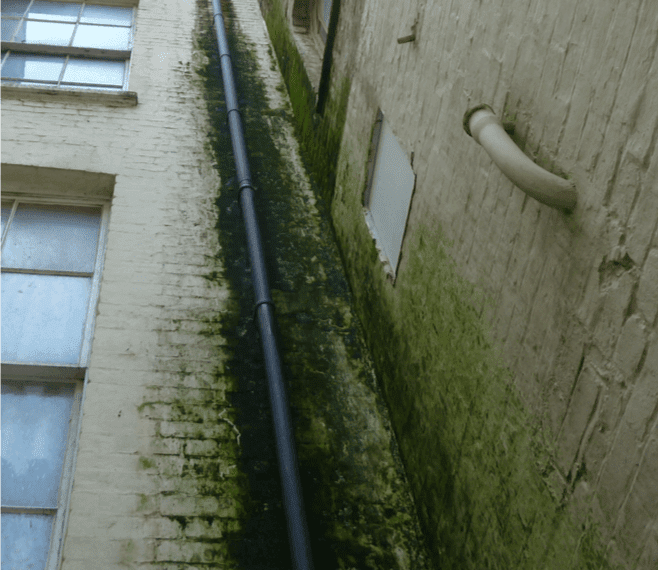
Recommendations
Written reports
Following the survey, we will provide a written report, detailing our inspection and findings, along with sound recommendations for remedial action and how to look after your property going forwards.
Our surveys are very detailed. We undertake a thorough inspection of the building and give clear advice on recommended works. Here are some sample pages from our detailed, but clear and concise reports.
You can view an example of a report here.
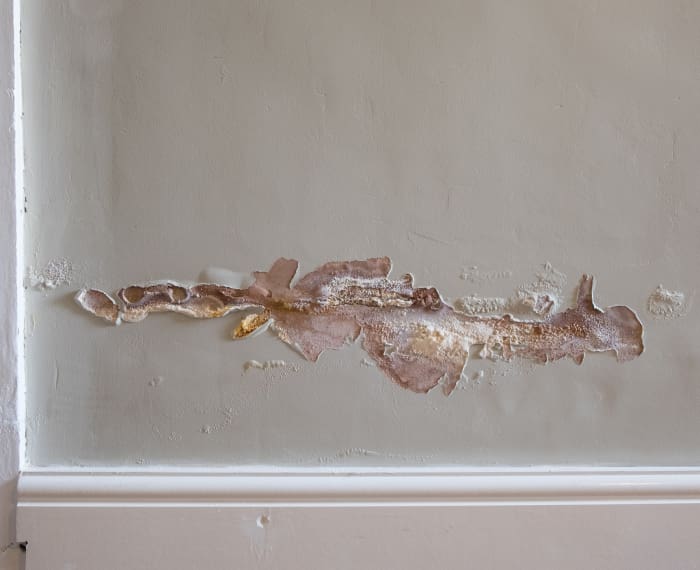
Recommendations
Written Reports
Damp surveys
Examples of our work
As part of a damp survey we will take detailed moister measurements. Here are some of the options available to us;
- Moisture Meters – These hand held resistance meters are completely unsuitable for measuring accurate moisture content in masonry and historic timber. We do use them, but in very limited circumstances. See “don’t trust the damp meter below”.
- Carbide Testing – The definitive on-site method of accurately measuring the Total Moisture Content of masonry samples taken from a buildings wall. We will always where suitable (A 6mm plus hole is drilled in the masonry) take carbide samples. Photos of carbide sampling included in “don’t trust the damp meter below”.
- Thermal Hygrometer – We use Viasala Thermal Hygrometers regularly with long probes to establish the temperature, humidity and Thermal Dew point inside a buildings envelope. These readings can help identify condensation risk and raised localised humidity, which is indicative of damp issues and the necessity of further investigation.
- Thermal Imaging – We use Thermal Imaging cameras to highlight building fabric temperature difference which can indicate dampness. We can also use Thermal Imaging to highlight condensation risk areas, cold bridging and leaks.
How we help
Industry Standards
There is no prescribed “Timber and Damp Survey” format or detailed guidance from the RICS at present. However, detailed survey guidance and format is in development and we will have to wait and see if this is ever published and what effect it will have.
We hope when it is released it will put a stop to the use of “damp meters” to diagnose Rising Damp and the needless damp proofing of many many buildings.
In the absence of such a format however, there are several references we can use to establish a robust survey format and to back up our findings.
We base our Timber and Damp Surveys on the methodology in these documents;
British Standards:
- BS 6576:2005 – Code of practice for diagnosing rising damp in walls and buildings and installation of damp-proof courses
- BS 5250:2011 – Code of practice for controlling condensation in buildings
- BS 7913:2013 – Guide to the conservation of historic buildings
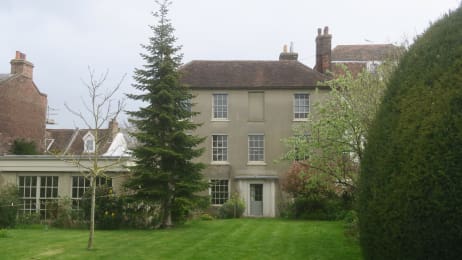
Get in touch with the Heritage Consulting team today
Our friendly and experienced team are on hand to help with any of your questions or concerns. Get in touch today to see how we can help you.
Contact Us
